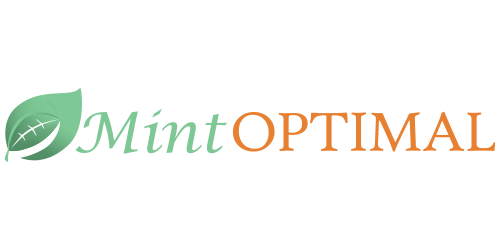Regarding hiring, terms like “job description” and “job posting” are often used interchangeably. However, these two documents serve different purposes and are essential for recruitment. Understanding the distinction between a job description and a job posting (or job ad) can help employers attract suitable candidates and streamline the hiring process.
What is a Job Description?
A job description is an internal document that provides a detailed overview of a specific role within an organization. It is primarily used for HR purposes and is a reference for the employer and employees throughout the employment lifecycle.
Key Elements of a Job Description:
- Job Title: The official title of the position within the organization and not the external title.
- Purpose of the Role: A summary of why the role exists and how it contributes to the organization’s goals.
- Key Responsibilities: A comprehensive list of the tasks and duties the employee will be expected to perform.
- Required Qualifications: The necessary education, certifications, and experience needed for the role.
- Skills and Competencies: Specific technical and soft skills are essential for success in the role.
- Reporting Structure: Information about who the role reports to and, if applicable, any direct reports.
- Working Conditions: Details about the work environment, hours, travel requirements, and physical demands.
- Performance Expectations: Criteria and metrics that will be used to evaluate the employee’s performance.
What is a Job Posting?
A job posting or ad is an external document to attract potential candidates. It is a marketing tool designed to generate interest in the open position and encourage qualified candidates to apply. Job postings are typically found on company websites, job boards, social media, and other recruitment channels.
Key Elements of a Job Posting:
- Attention-Grabbing Title: A compelling job title that reflects the role and entices potential candidates to click on the ad. Many job boards have generic titles to push jobs to qualified candidates. Be careful not to go too far to prevent the job boards from showcasing your jobs.
- Company Overview: A brief introduction to the company, including its mission, culture, and what makes it an attractive workplace. Be honest and do not overreach.
- Role Summary: A concise description of the job, focusing on what the role entails and how it contributes to the company’s success. Bullet points are your friend. The candidate will invest 45 seconds in your job ad. Grab their attention.
- Key Responsibilities: A shorter, more digestible version of the responsibilities listed in the job description. Focus on the most critical aspects to give candidates a clear role picture.
- Qualifications and Skills: Highlight the essential qualifications and skills needed for the role, but keep the list brief to avoid deterring potential applicants.
- Benefits and Perks: Information about salary, benefits, and any unique perks that make the company stand out from competitors.
- Call to Action: Clear instructions on how to apply, including application deadlines, links to the application portal, and contact information for inquiries.
- Company Branding: Visual and written elements that reflect the company’s brand, including logos, colour schemes, and tone of voice.
Key Differences Between a Job Description and a Job Posting
- Purpose:
- Job Description: Serves as an internal reference document outlining the role in detail. It is used for recruitment, performance evaluations, and career development.
- Job Posting is a marketing tool for attracting external candidates. It is designed to catch the attention of job seekers and persuade them to apply.
- Audience:
- Job Description: Intended for internal stakeholders, such as HR, managers, and current employees.
- Job Posting: Targeted at external audiences, specifically job seekers and potential candidates.
- Content-Length and Detail:
- Job Description: Typically more detailed and lengthy, comprehensively covering all aspects of the role.
- Job Posting: More concise and to the point, focusing on the most appealing aspects of the job to engage candidates quickly.
- Tone and Style:
- Job Description: Formal and factual, intended to provide a clear, unembellished overview of the role.
- Job Posting: Often more conversational and persuasive, designed to reflect the company culture and appeal to the desired audience.
- Use Cases:
- Job Description: Used for creating job postings, guiding performance reviews, and setting employee expectations.
- Job Posting: Used to attract candidates through various recruitment channels and generate interest in the open position.
Why Both are Important
Job descriptions and postings are crucial tools in the recruitment process, but they serve different functions. The job description ensures a clear understanding of the role within the organization, which helps in creating a job posting that accurately reflects the position and appeals to suitable candidates.
For Employers: A well-crafted job description helps maintain consistency and clarity within the organization. It provides a foundation for hiring, performance evaluations, and career development. On the other hand, an effective job posting is critical to attracting top talent, as it markets the role and the company to potential candidates.
For Candidates: A job posting gives candidates their first impression of the role and the company, helping them decide whether to apply. Once hired, the job description provides them with a clear understanding of their responsibilities and expectations, guiding their performance and professional growth.
Conclusion
While the job description and posting are distinct documents with different purposes, they are integral to the hiring process. Understanding the difference between the two can help organizations attract suitable candidates and ensure that everyone involved understands the role. By carefully crafting both documents, employers can streamline their recruitment process, improve the candidate experience, and build a more robust, more effective workforce.
